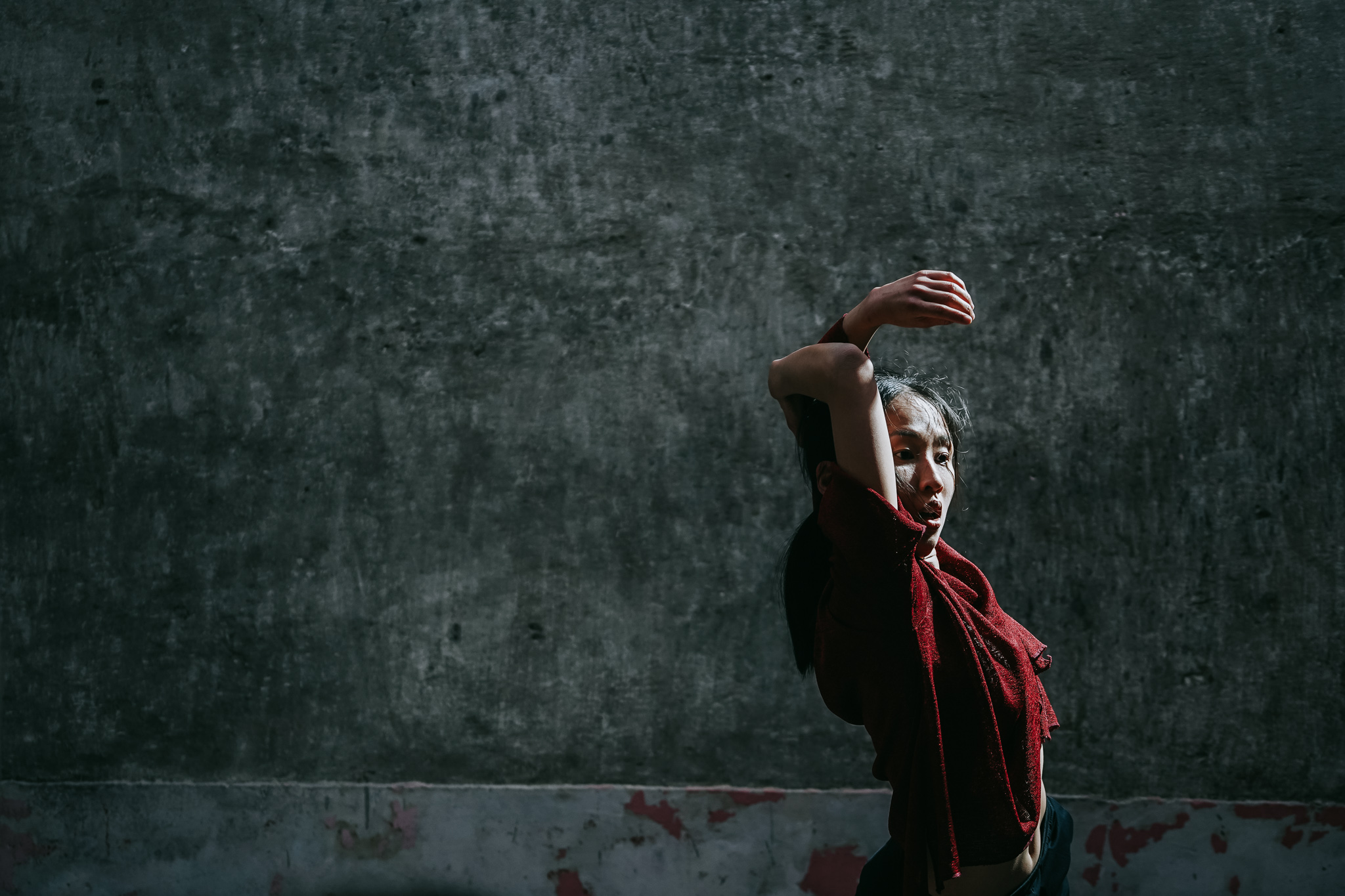The Gwangju Biennale in South Korea, Asia’s oldest Biennial, was founded in 1995 to honor the spirit of the 1980 civil uprising. This political legacy that fueled its genesis remains central to both the main exhibition and the national pavilions. This year, the Biennale expanded to include thirty-two countries, with the U.S. participating for the first time.
The debut American pavilion, organized by the Asian Art Museum of San Francisco, is curated by Abby Chen and Naz Cuguoglu—”two immigrant curators representing a nation of immigrants,” as Chen put it. As they installed the exhibition, which opened on September 5, Observer spoke with them about the curatorial approach they chose for this historic U.S. debut.

Titled “Rhythmic Vibrations,” the pavilion, Abby Chen told Observer, “historicizes and depoliticizes the idea of who gets to make the American Pavilion, who gets to speak for that country, and what it means to hold this power.” In recent years, the concept of national pavilions has come under scrutiny, seen as an outdated model that celebrates nationalistic ambitions. This becomes especially complicated in a country like the U.S., where diverse ethnicities, cultures and migration histories intersect.
“When we were invited to curate the American Pavilion, Abby Chen and I were very aware of our position to ‘represent America,’” said Naz Cuguoglu. “What does that even mean? In Biennales, nations compete with each other. We were critical of this and conscious of our role as two immigrant women invited to curate this project. I’m still applying for my green card, you know.”
Originally from Turkey, Cuguoglu emphasized that the pavilion and the museum aim to present a broader view of Asia and its diversity. “When people think about Asia, they still often think of East Asia—China and Japan. But here, we also feature artists from Afghanistan, Iran, Hong Kong, and Taiwan, covering different regions of this vast continent. While it’s impossible to represent all voices, we strive to represent as many as possible.”
The exhibition brings together artists from Asia, Asian America and the Asian diaspora. “We are looking across Asia, with a particular focus on women and queer artists,” Cuguoglu adds. This diversity of voices is what inspired the title “Rhythmic Vibrations.”

The art in the pavilion reflects a diversity of experiences, providing a platform to confront various migrant and diasporic realities while raising pressing questions for a divided U.S., where racial hate and polarization dangerously fragment cultural groups, pushing them toward more tribal behaviors.
Sahar Khoury, an Iranian, Jordanian, and American artist, presents an installation of animal cages and radios—a powerful metaphor for the treatment of immigrants and the violent containment of the migration crisis, denying human rights.
As seen in the 2024 Venice Biennale, many artists are returning to their cultural roots, drawing on ancestral wisdom and shamanism. In the Gwangju American Pavilion, Jane Jin Kaisen, a Korean artist adopted in Denmark, explores traditional shamanism by revisiting sites of historical tragedies like Jeju Island, the DMZ and war-torn places across Kazakhstan, Japan, China, the U.S. and Germany. Kaisen invokes the shamanic myth of the Abandoned Princess Bari, engaging with female Korean shamanism as an ethics and aesthetics of memory and mutual recognition across time and space. Her work explores themes of memory, migration, borders and translation, creating a space where lived experience intersects with larger political histories.
Similarly, trained as an anthropologist, Khoury reassesses historical and social narratives by recontextualizing found objects. In the pavilion, she has created tower-like sculptures incorporating animal cages adorned with oversized jewelry and references to Umm Kulthum’s iconic concerts, which were broadcast across the Arab world for decades. The sculptures, decorated with verses from “Al Atlal” (The Ruins) and emitting an original score, symbolize both confinement and collective liberation.

After the Gwangju Biennale, the exhibition in American pavilion will continue its journey, first traveling to the Asia Society in San Francisco and then to the 2025 Matsu Biennial in Taiwan. The Matsu Biennial, held on an island China claims, adds another layer of sensitivity. “They’re hosting their third edition this year,” explained Cuguoglu. “Matsu as an island has all these military spaces, with such loaded histories. The works on view aim to interact with that context and reflect on that complex heritage, and our talk during the opening will also address these topics.”
Initially, Taiwan wasn’t invited to the Gwangju Biennale. However, through this alliance with the Matsu Biennial, the curators gave them space inside the American pavilion, with Matsu nominating artists like Jane Jin Kaisen and Lo Lai Lai Natalie. As the artworks travel, the curators plan to incorporate new insights, solutions and questions.
“Rhythmic Vibrations” is on view at the May 18 Memorial Cultural Center (152, Naebang-ro, Seo-gu, Gwangju) through December 1.

